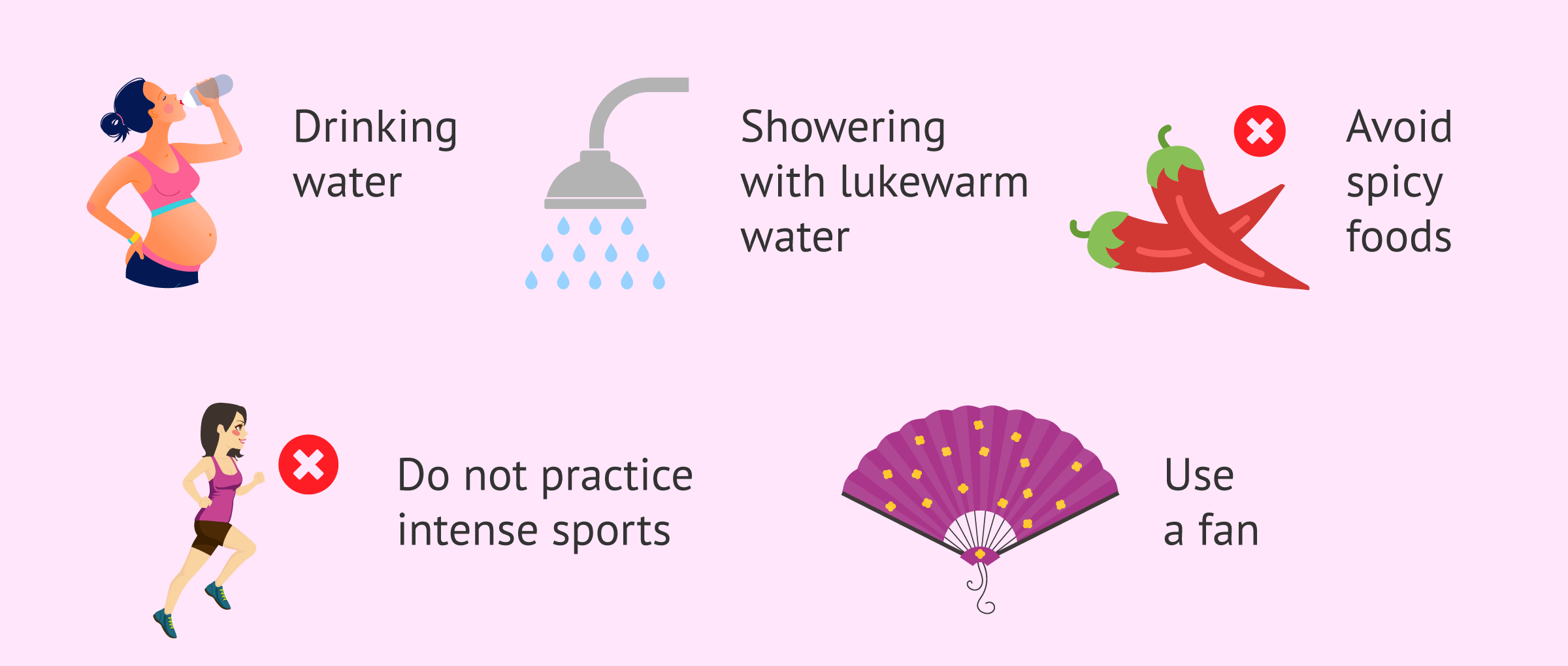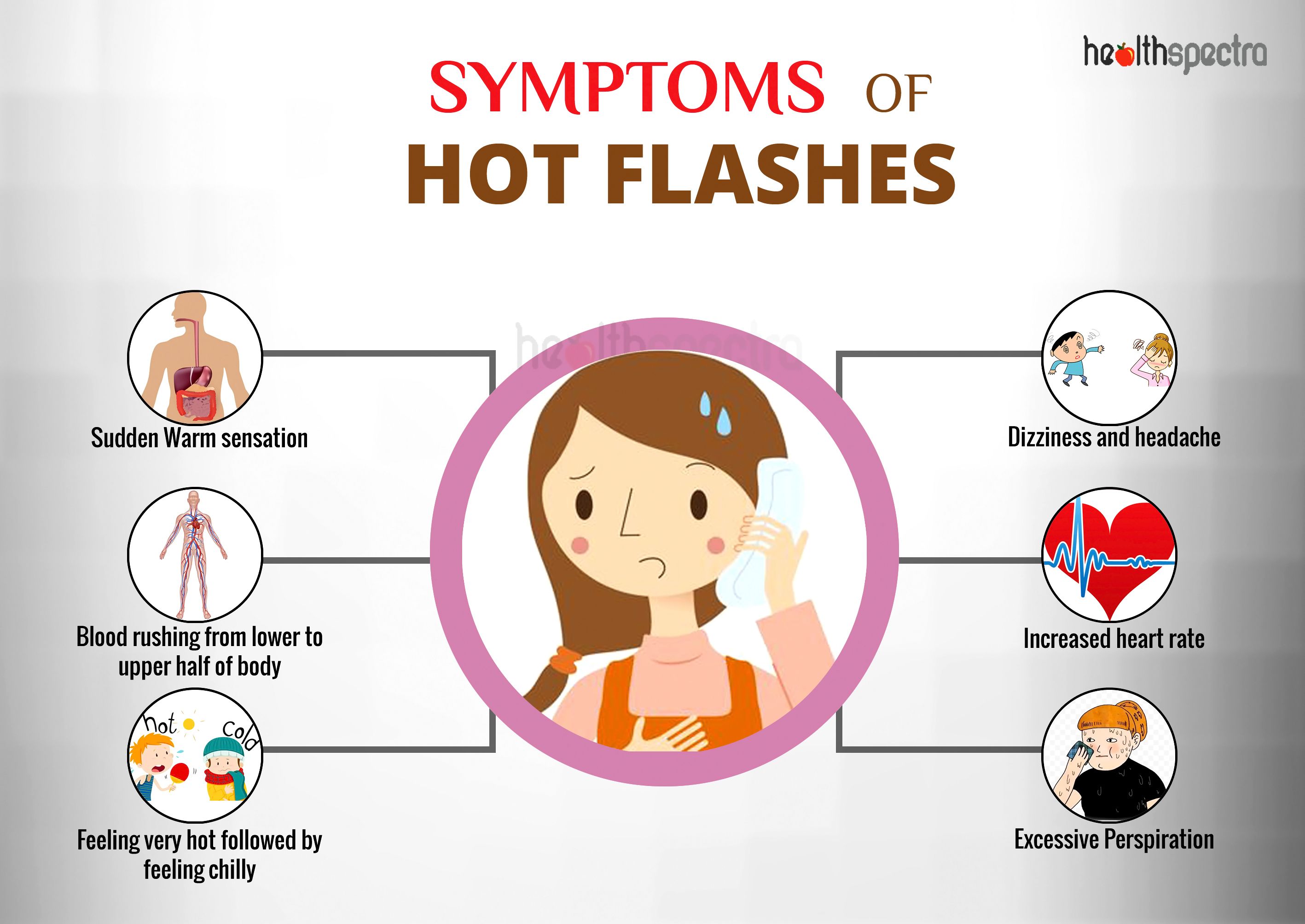How to combat hot flashes? This is a question that plagues many individuals, particularly during life transitions such as menopause. Hot flashes can be an uncomfortable and disruptive experience, characterized by sudden feelings of intense heat, sweating, and heart palpitations.
However, there are a myriad of effective strategies that can be employed to manage and alleviate these symptoms, empowering individuals to regain control over their well-being.
This comprehensive guide will delve into various medical interventions, lifestyle modifications, and cognitive techniques that have been proven to be effective in combating hot flashes. By exploring these options, individuals can find tailored solutions that align with their specific needs and preferences, enabling them to effectively manage this common yet challenging condition.
Medical Interventions

Medical interventions can effectively manage hot flashes. These include hormonal therapies, antidepressants, anticonvulsants, and alternative therapies.
Hormonal Therapies
- Estrogen Replacement Therapy (ERT):Replaces estrogen lost during menopause, effectively reducing hot flashes. However, ERT may have risks, such as increased risk of blood clots, stroke, and breast cancer.
- Selective Estrogen Receptor Modulators (SERMs):Similar to ERT, but binds to specific estrogen receptors, reducing hot flashes while minimizing risks associated with ERT.
Antidepressants and Anticonvulsants
Certain antidepressants and anticonvulsants have shown effectiveness in reducing hot flashes. These include:
- Antidepressants:Venlafaxine, paroxetine, and bupropion can alleviate hot flashes by increasing serotonin levels.
- Anticonvulsants:Gabapentin and pregabalin, used for seizures, can also reduce hot flashes.
Alternative Therapies
Alternative therapies may provide some relief from hot flashes, but their effectiveness varies. These include:
- Acupuncture:Involves inserting thin needles into specific points on the body, potentially reducing hot flashes.
- Herbal Supplements:Certain herbs, such as black cohosh and red clover, may have estrogen-like effects and alleviate hot flashes.
Lifestyle Modifications
In addition to medical interventions, implementing certain lifestyle modifications can help alleviate the severity and frequency of hot flashes. These include stress management techniques, regular exercise, dietary changes, and maintaining a healthy weight and sleep schedule.
Stress Management
Stress and anxiety can trigger hot flashes. Techniques such as yoga, meditation, and deep breathing exercises can help manage stress levels and reduce hot flash intensity.
Regular Exercise
Engaging in regular physical activity, such as brisk walking, swimming, or cycling, can improve overall well-being and reduce the frequency and severity of hot flashes. Exercise helps regulate body temperature and releases endorphins, which have mood-boosting effects.
Dietary Changes
Certain foods and beverages can trigger hot flashes. Avoiding spicy foods, caffeine, and alcohol can help reduce their occurrence. Additionally, maintaining a balanced diet with plenty of fruits, vegetables, and whole grains can support overall health and well-being.
Healthy Weight and Sleep
Maintaining a healthy weight can help regulate body temperature and reduce hot flash intensity. Additionally, getting enough sleep can help manage stress levels and improve overall well-being, which can indirectly reduce hot flashes.
Clothing and Environment: How To Combat Hot Flashes

Maintaining a comfortable body temperature is crucial in managing hot flashes. Clothing and environmental modifications can significantly alleviate the discomfort associated with these episodes.
Loose, breathable clothing made from natural fibers like cotton or linen allows for better air circulation and moisture absorption, keeping you cool and dry. Avoid tight-fitting synthetic fabrics that trap heat and moisture.
Creating a Cool Sleeping Environment
A comfortable sleeping environment is essential for minimizing hot flashes at night. Utilize fans or air conditioners to circulate air and lower the room temperature. Cooling pillows filled with gel or water can provide a cooling effect on the head and neck.
Personal Cooling Devices
Personal cooling devices can provide instant relief from hot flashes. Neck fans circulate air around the neck, while cooling vests distribute cooling packs throughout the body. These devices can be particularly effective when used in conjunction with other measures.
Cognitive Behavioral Therapy (CBT)
CBT empowers individuals to manage the psychological toll of hot flashes by equipping them with coping mechanisms and strategies to address the underlying thoughts and emotions that exacerbate their experience.
Techniques
CBT employs various techniques to alleviate hot flash-related distress:
- Relaxation Training:Techniques like deep breathing, meditation, and progressive muscle relaxation help reduce stress and anxiety, thereby mitigating the intensity and frequency of hot flashes.
- Cognitive Restructuring:This technique involves identifying and challenging negative thoughts and beliefs associated with hot flashes. By reframing these thoughts in a more positive and realistic manner, individuals can reduce their emotional distress and improve their overall coping ability.
Support Systems
Support groups and online forums provide a sense of community and shared experiences, allowing individuals to connect with others who understand their struggles. This social support can bolster coping efforts and reduce feelings of isolation and stigma associated with hot flashes.
Emerging Therapies

Hot flashes can be a challenging symptom for many individuals. While traditional treatments have shown efficacy, emerging therapies offer new and innovative approaches to managing hot flashes. These therapies aim to provide relief and improve the quality of life for those affected by this condition.
Laser Therapy, How to combat hot flashes
Laser therapy involves using a laser to deliver precise energy to the targeted area. In the context of hot flashes, laser therapy is directed at the hypothalamus, a region of the brain involved in temperature regulation. By stimulating the hypothalamus, laser therapy aims to reset the body’s temperature control mechanism, reducing the frequency and severity of hot flashes.
- Potential Benefits:Non-invasive, localized treatment; may provide long-term relief; minimal side effects.
- Potential Risks:Skin irritation or redness at the treatment site; rare cases of hyperpigmentation.
Transcranial Magnetic Stimulation (TMS)
Transcranial magnetic stimulation (TMS) is a non-invasive procedure that uses magnetic pulses to stimulate specific areas of the brain. For hot flashes, TMS targets the prefrontal cortex, which is involved in regulating emotions and body temperature. By stimulating this region, TMS aims to reduce the activity of brain networks associated with hot flashes.
- Potential Benefits:Non-invasive, outpatient procedure; may provide long-term relief; well-tolerated with minimal side effects.
- Potential Risks:Mild headache or scalp discomfort during treatment; rare cases of seizures or mood changes.
Ongoing Research and Clinical Trials
Research into emerging therapies for hot flashes is ongoing. Clinical trials are currently investigating the efficacy and safety of various approaches, including:
- Neuromodulation:Using electrical or magnetic stimulation to modulate brain activity and reduce hot flashes.
- Pharmacological interventions:Developing new medications specifically targeting the underlying mechanisms of hot flashes.
- Lifestyle interventions:Exploring the role of exercise, diet, and stress management in managing hot flashes.
As research progresses, new and more effective therapies for hot flashes are expected to emerge, offering individuals more options for managing this condition and improving their overall well-being.
End of Discussion
In conclusion, the management of hot flashes encompasses a multifaceted approach that combines medical interventions, lifestyle modifications, and cognitive strategies. By understanding the underlying causes and implementing appropriate measures, individuals can effectively combat these uncomfortable symptoms and regain a sense of control over their well-being.
Remember, you are not alone in this journey, and with the right approach, you can find relief and live a fulfilling life beyond hot flashes.
Questions Often Asked
What are the most common medical interventions for hot flashes?
Hormonal therapies, such as estrogen replacement therapy (ERT) and selective estrogen receptor modulators (SERMs), are commonly prescribed to alleviate hot flashes.
How can lifestyle modifications help combat hot flashes?
Managing stress through techniques like yoga and meditation, engaging in regular exercise, and making dietary changes, such as avoiding spicy foods and caffeine, can effectively reduce the frequency and severity of hot flashes.
What is the role of cognitive behavioral therapy (CBT) in managing hot flashes?
CBT helps individuals manage the psychological effects of hot flashes by providing coping mechanisms, such as relaxation training and cognitive restructuring, and fostering a supportive environment through support groups and online forums.